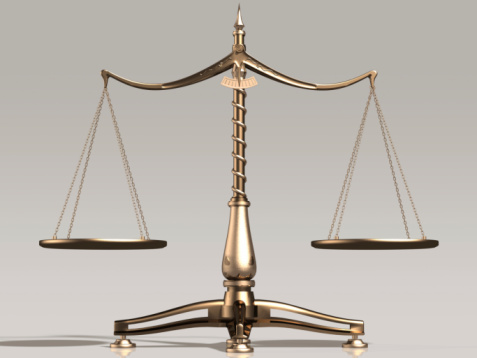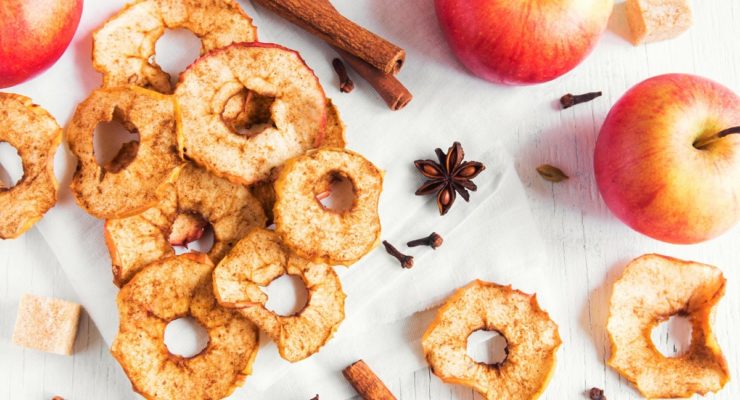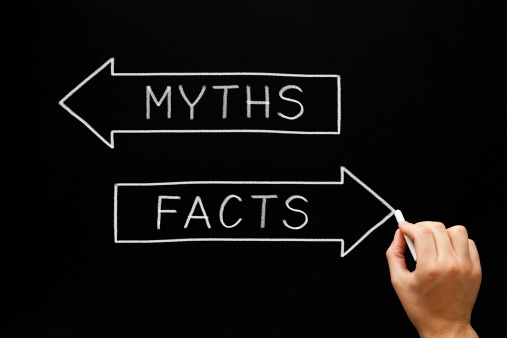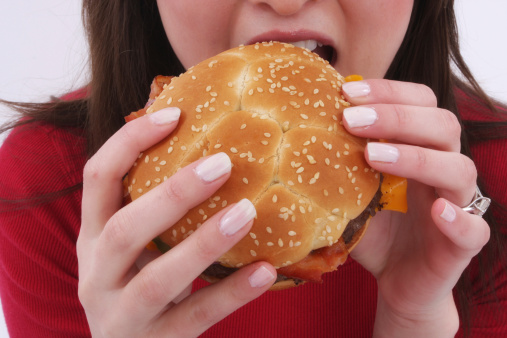Does Muscle Really Weigh More Than Fat?
Article posted in: Lifestyle
We have all told ourselves a lot of fibs over the years:
“That piece of cake wasn’t that big.”
“I didn’t write it down, but I remember what I ate and I didn’t eat that much.”
“I’m sure I walk enough on my commute. I estimate distance pretty well and I’m getting enough exercise.”
Our “before” selves indulged in half-truths, excuses and flat out denial, so how can we trust ourselves now?
You might have heard the line “muscle weighs more that fat,” but is it true or is it another myth? Is it just an excuse we’re telling ourselves when we see the scale creep? (Those jeans totally shrank in the wash, right? Your partner must’ve put them in the dryer)!
Let’s go myth-busting together and look at a few tall tales and some simple truths starting with, “Does muscle really weigh more than fat?”
Myth #1: Muscle weighs more than fat.
What weighs more: A pound of feathers or a pound of lead? They weigh the same! A pound is a pound is a pound… except when you look at how much space that pound takes up. You’d need a whole lot of feathers to make up a pound vs. a piece of lead that weighs the same.
“As a general example, somebody might start building muscle mass, so they might say, ‘Well, my scale weight hasn’t gone down, but my clothes are fitting looser and I feel like I’m smaller,’” said Dr. Wendy Miller, the chief of nutrition and preventive medicine at Beaumont Hospital, Royal Oak, Michigan and director of the weight loss centers at three of Beaumont’s campuses. “That muscle weighs more at a smaller volume. Since they might’ve made muscle mass, they might have lost some fat. Unfortunately what we see on the scale is just our total weight. It’s not telling us whether we gained fat or lost fat. It’s not telling us whether we gained muscle or lost muscle; it’s just telling us our total weight. Our body volume might be changing based on our body composition.”
Fat takes up four times as much space as muscle! If you’ve ever wondered why you weigh the same as you did in college, but your dresses are all much bigger, it’s because your muscle to fat ratio has changed and your body has a higher volume (ie. it takes up more space). Think of a pound of fat as a grapefruit and a pound of muscle as a tangerine in terms of how much space each takes up.
That’s another reason why tracking your weight and measurements is so great. You might hit a plateau despite all of your discipline and hard work at the gym. Tracking your measurements, like your waist to hip ratio, will let you know if you are still shrinking your pants size!
Myth #2: If you work out, your fat will turn into muscle.
This is actually impossible. Muscle and fat are two different things: Muscle is active tissue while fat is just storage for excess calories. While you work out, you’ll lose weight and gain muscle, but a potbelly will not magically turn into chiseled abs–the change occurs on a cellular level.
Myth #3: The only way to measure your weight loss progress is to use a bathroom scale.
Oh so not true! Besides the charge of having an NSV (non-scale victory), we know from the tale of the grapefruit and his smaller friend the tangerine that weight could stay the same while density and volume differs. There are quite a few ways to quantify your body fat percentage like hydrostatic weight measurement (getting dunked in water), a bioelectrical impedance scale (a scale that uses an electrical current to determine your ratio of fat to muscle) or calipers (“pinch an inch” with a tool that measures the flesh grabbed).
If having electricity running through you or pinching your “BINGO arms” doesn’t sound appealing, don’t worry. Your tape measure will work great and it’ll be easier for you and your doctor to gauge your health. The U.S. Centers for Disease Control and Prevention (CDC) links waist sizes of more than 40 inches in men and 35 inches in women with increased risks for type 2 diabetes and heart disease.
So now that we’ve busted through some common fat vs. muscle myths, let’s take a look at the facts:
Truth #1: You can be “skinny” and still be “overfat.”
Have you ever heard one of your girlfriends say she is “skinny fat” and you just wanted to knock her over, especially when her “flab” looks like it could be your goal weight? She’s not as ridiculous as we want her to be. You don’t have to be overweight to be overfat.
A study from the University of Alberta, Edmonton, Alberta and the University of Manitoba, Winnipeg, Manitoba, Canada looked at more than 50,000 people. BMI, fat percentage and weight were all measured. Regardless of BMI or weight, those with a higher body fat percentage (this included people considered “skinny fat”) were more likely to die within a few years as opposed to people a lower fat percentage, even if the second group had higher BMIs.
As Martin Binks, associate professor of nutritional science at Texas Tech University, put it, “If Arnold Schwarzenegger is sitting in my office, I’m not going to tell him he’s suffering from obesity.”
Truth #2: Muscle burns more calories than fat.
Pick up those five pound weights in the corner and give them a kiss! Adding muscle to your frame actually raises your resting metabolic rate–yes, you will burn more just sitting there watching “Orange is the New Black” if you have lean muscle mass instead of fat. (To add to your fat furnace, pick up the weights and do some bicep curls while you’re watching Crazy Eyes, or put on a sitcom and make commercial time crunch time!)
“As we lose weight, unfortunately, our resting metabolic rate declines,” Miller explained. “Some of that is just based on the fact that metabolic rate is somewhat determined by your total body weight. Of course, as you lose weight, that resting metabolic rate is going to go down, but preserving your muscle mass can help preserve that resting metabolic rate and help it not go down as much.”












